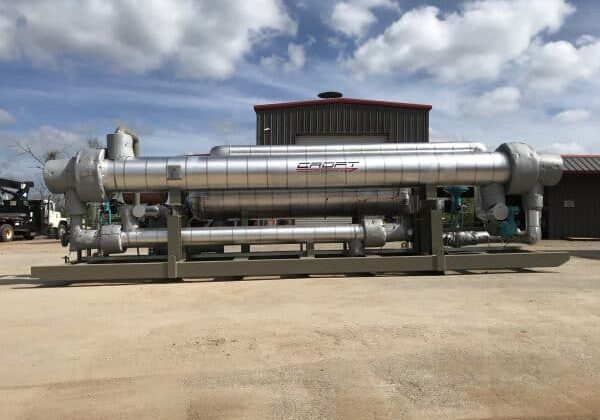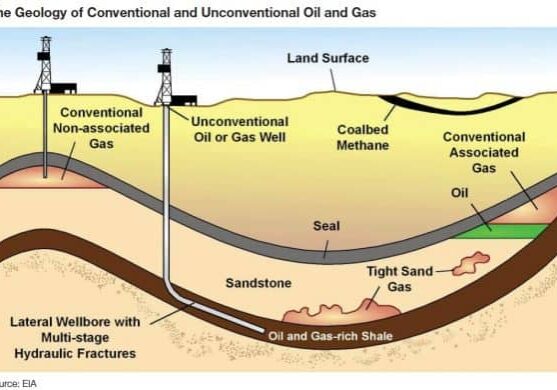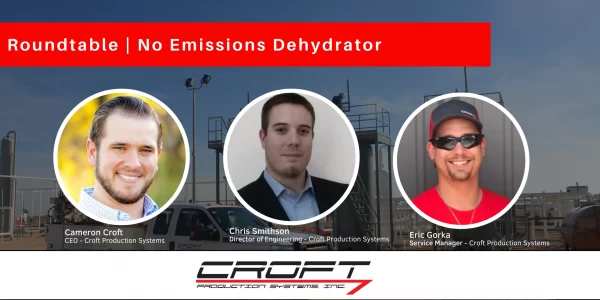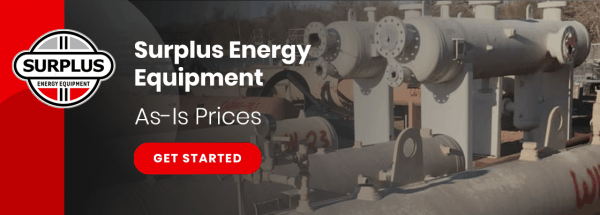Passive Dehydration Systems (PDS)
Passive Dehydration Systems (PDS) are gaining popularity as an efficient and cost-effective solution for gas and liquid dehydration in various industries. In a conversation between Chris Smithson and Eric Gorka, experts in the field, several key aspects of PDS operation and their advantages over traditional glycol systems were discussed. Let’s delve into the insights they shared.
Sizing and Servicing the PDS:
– The size of a PDS is determined by two factors: inlet volume and runtime. Vessel diameter determines the volume and velocity, while the number of vessels determines the runtime.
– The runtime is typically set at 40 to 45 days, allowing for a 30-day service cycle and flexibility in case of delays.
– Service technicians perform routine maintenance, including checking instrumentation, verifying product levels, and refilling vessels as needed.
– The servicing process is relatively simple and can be completed within an hour per unit.
Understanding the Desiccant:
– The desiccant used in PDS, known as enviro-DRI, is a refined and shaped mined salt blend.
– Enviro-DRI has an oval, round pellet shape, reducing issues like channeling and bridging within the system.
– It selectively absorbs water, making it an effective dehydration agent while remaining unaffected by oil or other contaminants.
– The amount of water removed is directly proportional to the water content of the gas or liquid being processed.
– Enviro-DRI can absorb over three times its weight in water, making it highly efficient.
Challenges and Solutions:
– Challenges in PDS operation include issues with drain lines and potential drain line blockages.
– Regular monitoring and maintenance of drain lines are crucial to prevent blockages and ensure smooth operation.
– If drain lines do become blocked, flushing with water or using pressure washers can quickly resolve the issue.
– Upgrades such as burner management systems, better BTEX systems, and improved burner tips can enhance PDS efficiency and reduce emissions.
Benefits and ESG Initiatives:
– PDS offers advantages over traditional glycol systems, including simplified operations and reduced air permit requirements.
– Replacement of oversized glycol systems with PDS is common, allowing for more efficient and cost-effective dehydration.
– PDS units can be easily relocated to adapt to changing production volumes, eliminating the need for lengthy air permit processes.
– PDS units align with Environmental, Social, and Governance (ESG) initiatives by minimizing emissions and supporting sustainability goals.
Conclusion:
Passive Dehydration Systems are revolutionizing the field of gas and liquid dehydration. Their simplicity, flexibility, and cost-effectiveness make them an attractive alternative to traditional glycol systems. With advancements in technology and ongoing improvements, PDS continues to be a reliable solution for various industries seeking efficient and environmentally-friendly dehydration processes.












